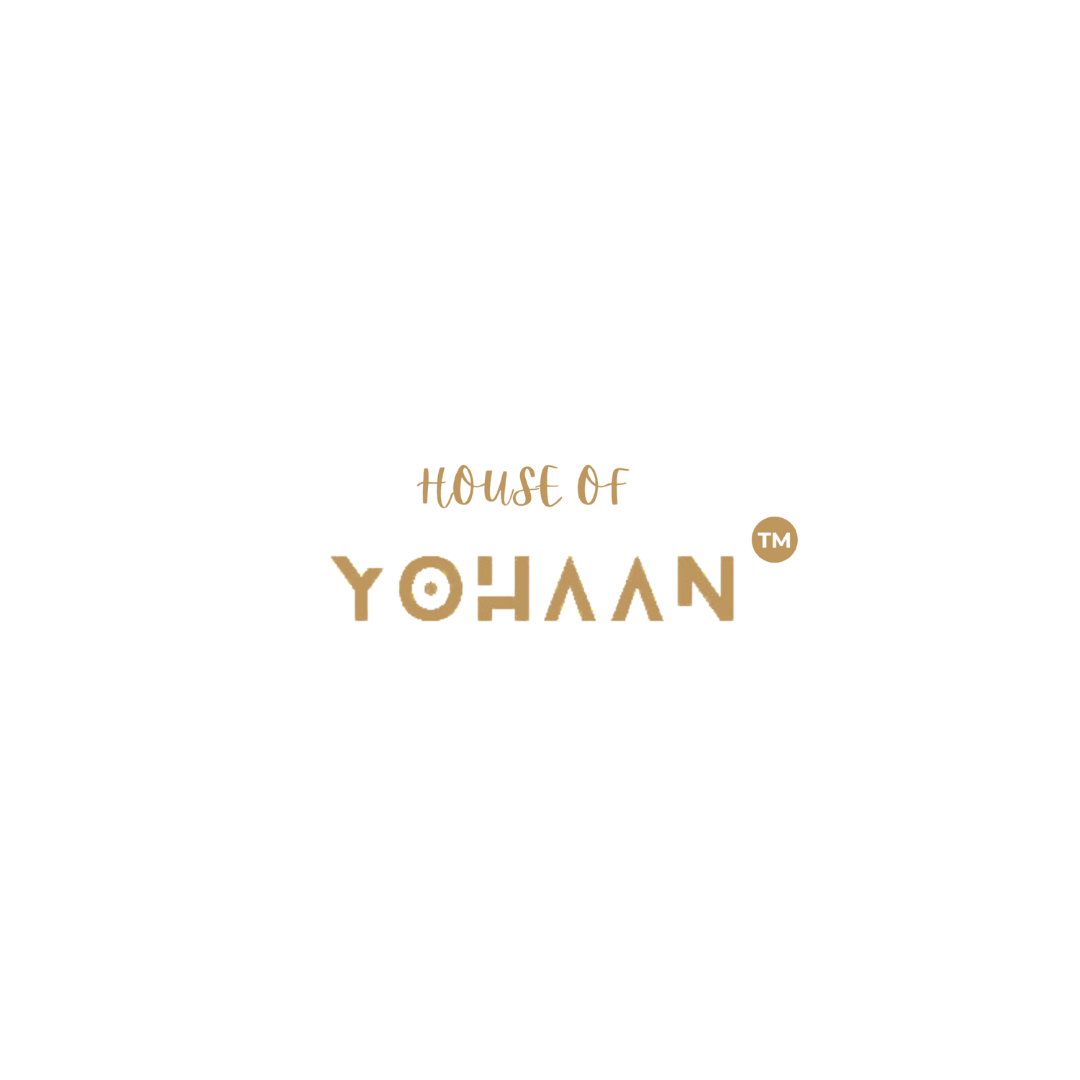Fashion is an ever-evolving form of self-expression that reflects the spirit of an era. Over the years, we have witnessed significant transformations in clothing, hairstyles, accessories, and overall aesthetics. From the extravagant attire of the Victorian era to the minimalist chic of the 21st century, fashion has experienced countless revolutions, shaping the way we dress and perceive ourselves. Join us as we take a captivating journey through the changing tides of fashion and explore how trends have evolved over the years.
The Roaring Twenties: The 1920s marked a significant shift in fashion, breaking away from the rigid constraints of the past. Women embraced shorter hemlines, looser silhouettes, and flamboyant accessories. The iconic flapper dress became a symbol of female liberation, while men embraced tailored suits, wide-legged trousers, and fedora hats.
The Golden Age of Hollywood: The glamour of Hollywood in the 1930s and 1940s had a profound influence on fashion. Women sought to emulate the elegance of movie stars like Audrey Hepburn and Marilyn Monroe. Hourglass silhouettes, cinched waists, and feminine dresses with full skirts became the epitome of style. Men’s fashion saw the rise of the sharp, tailored suit, popularized by leading men such as Cary Grant and Clark Gable.
The Swinging Sixties: The 1960s brought about a fashion revolution with its bold and rebellious spirit. The youth-driven counterculture embraced miniskirts, psychedelic prints, and daring experimentation. Figures like Twiggy and The Beatles influenced fashion with their mod style and iconic haircuts. Unisex fashion emerged, challenging traditional gender norms.
The Decade of Disco: The 1970s witnessed a fusion of various styles, ranging from disco glamour to hippie-inspired bohemian looks. Platform shoes, bell-bottom pants, and flashy sequined dresses dominated the dance floors. Denim became a fashion staple, representing the spirit of rebellion. Punk and rock subcultures emerged, introducing edgy styles like leather jackets, ripped jeans, and vibrant hair colors.
The Power Suit Era: The 1980s was defined by excess and opulence. Power dressing became the norm, and women adopted tailored suits with padded shoulders, bold colors, and assertive silhouettes. Fashion icons such as Princess Diana popularized feminine yet authoritative styles. Punk and new wave fashion continued to make an impact, with Mohawks, studded leather jackets, and oversized band t-shirts gaining popularity.
The Minimalist Revolution: The 1990s saw a shift towards minimalism, as grunge and streetwear took center stage. Casual attire like flannel shirts, ripped jeans, and combat boots became a symbol of anti-fashion. However, the decade also witnessed a rise in sleek and polished styles, with supermodels like Kate Moss and Naomi Campbell setting the trends. The “little black dress” and designer logos became iconic.
The Digital Age: With the dawn of the new millennium came the rapid growth of technology, and fashion adapted accordingly. The 2000s were characterized by low-rise jeans, cargo pants, and logo-centric fashion. However, as social media and online platforms gained prominence, fashion became more accessible and eclectic. Streetwear and athleisure began to dominate, blurring the lines between sportswear and everyday clothing.
The Rise of Sustainability: In recent years, fashion has witnessed a significant shift towards sustainability and conscious consumption. As awareness of environmental issues grew, designers and consumers embraced ethical fashion practices, focusing on eco-friendly materials, upcycling, and fair trade. Vintage and second-hand shopping gained popularity, promoting individuality and




